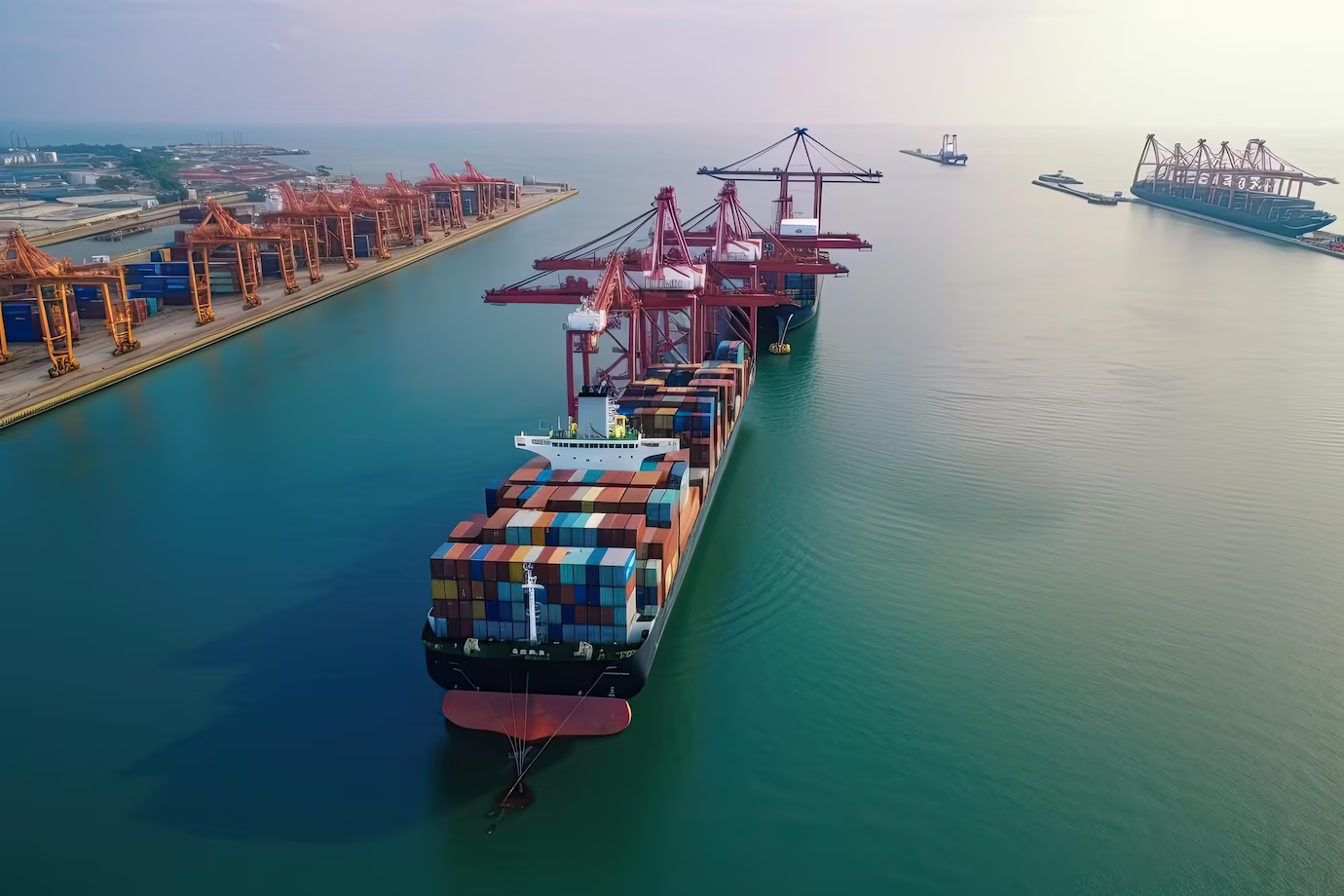If you are involved in the trade of ocean transportation by any means, then you know that waters are murky. No pun intended!
In recent years, the costs have skyrocketed, and a major portion of the economy is in uproar. The situation is tough, for both consumers and businesses alike. Why?
Only one word – Inflation! A few experts are arguing that we are facing the after-effects of the year 2020. However, the problem might run deeper than that.
For one, the cost of building ships has gone sky-high. The container rates have increased as well. At first, the choice of shipping was a cheaper one. Now, a businessman has to cut corners and see what luggage and export takes priority.
If a solution is not given or developed soon, ripples of this inflation might very well travel to other parts of the global trade as well. That’s a concerning oversight, considering how much of the world’s trade is done via shipping.
Increasing Container Rates: A Symptom of a Broken System
Let’s face it. Covid did a number on our fragile economy. Over the past years, the container rates have increased drastically, ruining the sleep of both consumers and businessmen. There is a wider scheme at play here.
While the supply chain was disrupted and there was a surge in demand for goods, the rates were increased dramatically to cater to the needs. However, as time passed, the storm of Covid died.
The same cannot be speculated about the sky-high prices. Furthermore, there was a cascade of logical challenges including port congestion, labor shortages as well as imbalance in container availability. The old pandemic proved that our brick-and-mortar systems haven’t evolved and are still affected by such calamities.
The need for higher profits has always been a prominent factor in this industry. However, that need multiplied by several folds, translating into greed. As mentioned earlier, the barriers in shipping have been reduced, but the prices have not.
According to the World Container Index, the cost of shipping a 40-foot container from Asia to the US West Coast went from USD 1500 USD to 6000 within a year. While the natural market dynamics play an important role, a few key players are monopolizing the market, fearing little to no loss of their shares.
What happens afterward?
These high container rates translated directly to increased costs of imported goods. Inevitably, this inflation passes down to consumers. Which has not only disrupted the economy but also created imbalance in several other areas. SMBs are now facing increased resistance in growth, as the terrain now favors large enterprises.
The Impact of Global Inflation on Ocean Freights
The container rates rising aren’t the only issue. Global inflation is causing major cracks in the economy. The insidious pressure is building up gradually but surely. It’s affected major economies to the point that a lot of first-world countries are starting to look like 3rd world states.
When it comes to ocean freights, there is not a single aspect that has been left untouched. Be it the price of fuel and labor to port fees and equipment maintenance, inflation has marred them all.
As inflation rises, so do the costs of operating a shipping vessel, which must then be recouped through higher freight rates.
The ripple effects of inflation are felt throughout the entire supply chain. For instance, the cost of bunker fuel, which powers most of the world’s shipping fleet, has increased dramatically in recent years, driven by both inflation and geopolitical tensions.
This increase has forced shipping companies to adjust their rates upward, further exacerbating the cost pressures faced by shippers and ultimately consumers.
Inflation also impacts the cost of borrowing, which is critical for shipping companies that rely on loans to finance the purchase of new vessels and equipment. As both interest rates and costs associated with financing are rising, these capital expenditures, add yet another layer of cost that must be absorbed or passed on to customers.
The cumulative effect of these inflationary pressures is a steady increase in the overall cost of ocean transportation, with no clear end in sight.
The High Costs of Building New Ships: An Unavoidable Expense
Compounding the challenges posed by rising container rates and inflation is the escalating cost of building new ships.
Over the past decade, the price of constructing a new vessel has risen sharply, driven by a combination of factors including stricter environmental regulations, increased material costs, and a shortage of skilled labor.
Environmental regulations, in particular, have played a significant role in driving up shipbuilding costs. New regulations aimed at reducing greenhouse gas emissions and improving fuel efficiency have necessitated the development of more advanced and expensive ship designs.
These regulations, while necessary to combat climate change, have significantly increased the cost of new ships, which is then reflected in the rates charged by shipping companies.
The rising costs of raw materials, such as steel, have also contributed to the increased expenses associated with shipbuilding.
As global demand for steel continues to rise, driven by infrastructure projects and industrial growth, the cost of this critical material has surged, making ship construction more expensive than ever before.
Additionally, the global shortage of skilled labor, exacerbated by the pandemic, has further increased labor costs in the shipbuilding industry, adding to the overall expense.
Conclusion: A Call for Reform in the Ocean Freight Industry
The rising costs of ocean transportation present a clear and present danger to the stability of global trade. As container rates continue to soar, inflation exerts its silent pressure, and the costs of building new ships climb ever higher, the need for comprehensive reform in the ocean freight industry has never been more urgent.
Governments and industry stakeholders must work together to address these challenges, ensuring that the benefits of global trade are not eroded by the unchecked rise in transportation costs.





